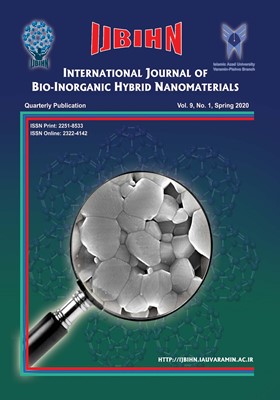-
-
List of Articles
-
Open Access Article
1 - Alkyl surface modification of nanoporous silica SBA-15 by click chemistry to obtain triazole products
-
Open Access Article
2 - The immobilization of laccase enzyme from Trametes versicolor on the surface of porous zinc oxide nanoparticles and studying features of the immobilized enzyme
-
Open Access Article
3 - Solid phase extraction of trace cobalt (II) in industrial wastewaters by modified nanotube carbon carboxyl and its determination with flame atomic spectroscopy
-
Open Access Article
4 - Anti-tumor activity of Fe (III), Co(II) and Pd(II) complexes of N3-{phenyl [(4-pyridylcarbonyl)amino]methyl}
-
Open Access Article
5 - Quantum current modelling on tri-layer graphene nanoribbons in limit degenerate and non-degenerate
-
Open Access Article
6 - Quantum mechanical study of electronic and structural properties of methyl benzoate in interaction with boron nitride (BN) nanotube
-
The rights to this website are owned by the Raimag Press Management System.
Copyright © 2021-2025







